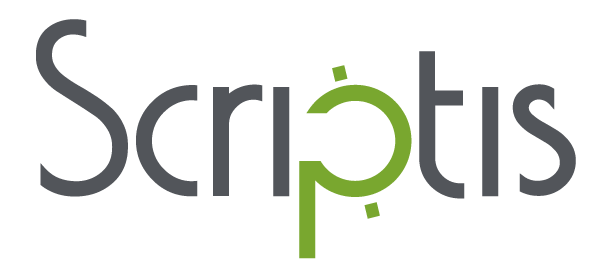Translating voice-overs for e-learning: best practices
Translating voice-overs for e-learning: best practices
When planning for multilingual e-learning, an instructional designer can choose between subtitles or voice-overs. Subtitles are less expensive, but voice-overs are better when on-screen activities require the viewer’s full attention. In addition, voice-overs can foster a closer engagement with the material. If you are translating voice-overs for e-learning, the expense will increase if the project is not set up correctly. Avoid problems and delays by following these best practices.
Expect text expansion
When you are translating voice-overs for e-learning, keep the principle of “text expansion” in mind. A Spanish translation, for example, can be 20-30% longer than the English source. If you don’t want the length of the localized module to exceed that of the source, It’s important to keep the pacing slow in the original source module. It’s also important to make sure your translation partners have experience in script translation and can write succinctly to minimize expansion.
Manage synchronization
Plan ahead for integration of the different elements of the module after they have been translated. This process will include synchronizing the voice-over with the screen action or animation.
Using cue points in the source module will save a lot of time during integration. These indicate where a word needs to sync with a visual element or animation. Not all instructional designers use cue points, especially if they aren’t expecting a module to be translated. Others use them inconsistently, sometimes failing to remove irrelevant cue points from the final version. This makes the integration process more time-consuming.
Focus on pronunciation
“Pick up” recordings to fix a voice-over after delivery can be both costly and time-consuming. Pronunciation problems are typical reasons for re-recording. Here are three common trouble spots:
- Company and brand names. Some company names will sound wrong if pronounced phonetically according to the target language rules. They may also sound funny if “over-pronounced” with an English or American accent. They need to sound natural.
- English loan-words. Especially if these are scientific or technical terms, voice talents will need to know how they should be pronounced.
- Acronyms. Some acronyms will be pronounced as single words, others as a series of letters. Still others may be replaced by a local acronym that has been fully translated into the target language.
Your organization might already have preferences for pronunciation of product names and acronyms. The translation project manager can help you prepare pronunciation guidelines.
Problems with pronunciation also occur with voice-overs created with text-to-speech technology (TTS). The software will often mispronounce names, brands, and unfamiliar words. Therefore, scripts need to be reviewed and adapted before using TTS. A linguist will “test” phonetic spellings for problem words until arriving at a spelling that produces the correct pronunciation. TTS is improving all the time, although it still sounds somewhat robotic.
Facilitate in-country review
It’s the translation project manager’s job to anticipate and prevent mistakes in the recording booth and during the integration phase. You may not want to bother your foreign colleagues for input until after the project is completed. However, it’s essential to have the translated script reviewed by your organization’s in-country resources before voice-overs are recorded. Making changes to voice-overs after they have been recorded can be expensive and time-consuming.
As with any in-country review, the reviewers must have the expertise to advise on the pronunciation of technical terms and acronyms. They also need to complete the review in a timely fashion. This is more likely when the reviewer understands their role, and limits their markup to “corrections,” not “improvements.” Unless there is an obvious error, the reviewers should not make changes to the sentence structure or content of the script. Remember that the translation team has already made efforts to contain text expansion and accommodate the cue points.
E-learning localization is a complex job with a lot of moving parts. However, creating multilingual versions of employee training and professional development leads to better learning outcomes. Everyone learns best in their own language. Work with a professional language service partner to make sure localization is done right.
For more information on foreign language voice-overs, click here.
